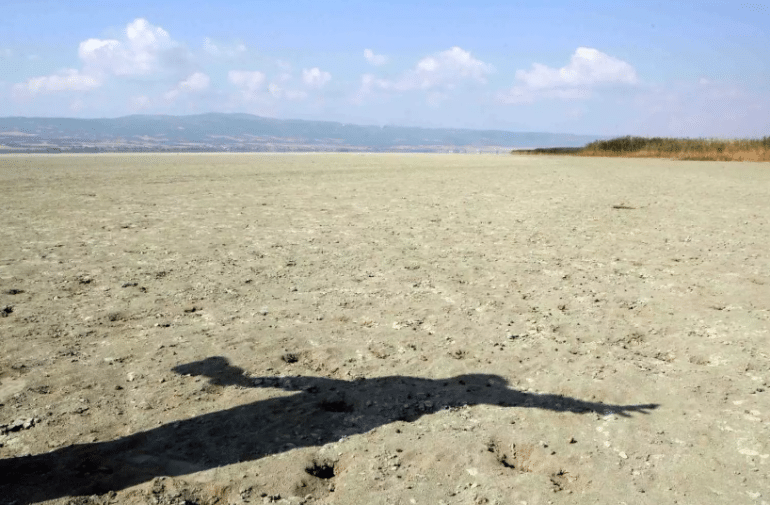2023 will be the year with the hottest temperatures on record as November became the sixth consecutive record-breaking month, Europe's Copernicus Observatory announced on Wednesday, amid negotiations at COP28.
Last month saw the Earth's surface temperature reach 14,22°C, beating the previous monthly record set in November 0,32 by 2020°C.
November 2023 was also 1,75°C warmer than the average for any corresponding month in the period 1850-1900, as the pre-industrial era is defined.
The Northern Hemisphere autumn (September-November) was also the warmest on record "by a wide margin", with the temperature at 15,3°C, 0,88°C above average.
“2023 now includes six months and two record-breaking seasons. "This unusual November, during which we had two days where temperatures were 2 degrees above pre-industrial times, means that 2023 is the warmest year on record," said Samantha Burgess, deputy director of the agency. of climate change Copernicus (C3S), in the announcement made public on Wednesday.
Since January, the average temperature is the warmest ever recorded for the first 11 months of any year: 1,46°C above the 1850-1900 average and 0,13°C above the first eleven months of 2016 , the warmest year on record so far this year.
"As long as greenhouse gas concentrations continue to increase, we cannot expect any different results than what we are seeing this year. The temperature will continue to rise, as will the effects of heat waves and droughts," warned Carlo Buodembo, director of C3S.
The El Nino cyclical climate phenomenon continues to fuel rising temperatures in 2023 and has yet to peak.
November 2023 sea surface temperature was also historically the warmest on record for this time of year, 0,25°C higher than the previous record set in November 2015. The record adds to those broken every month since April this year.
Arctic sea ice extent recorded its 8th monthly minimum this year in November, shrinking to 4% below average. In Antarctica, ice cover last month was the second lowest on record, 9% below average, according to the Copernicus observatory.
Drought continued to affect many parts of the US, central and eastern Asia last month, and was much more felt in South America. On the contrary, in Europe the weather was wetter, as there was in particular the occurrence of the storm Kiran, which brought widespread rainfall to a large part of it.
Source: KYPE
